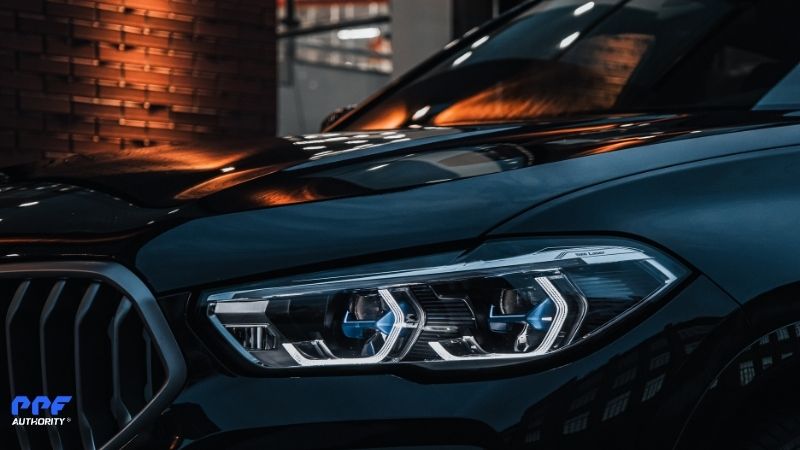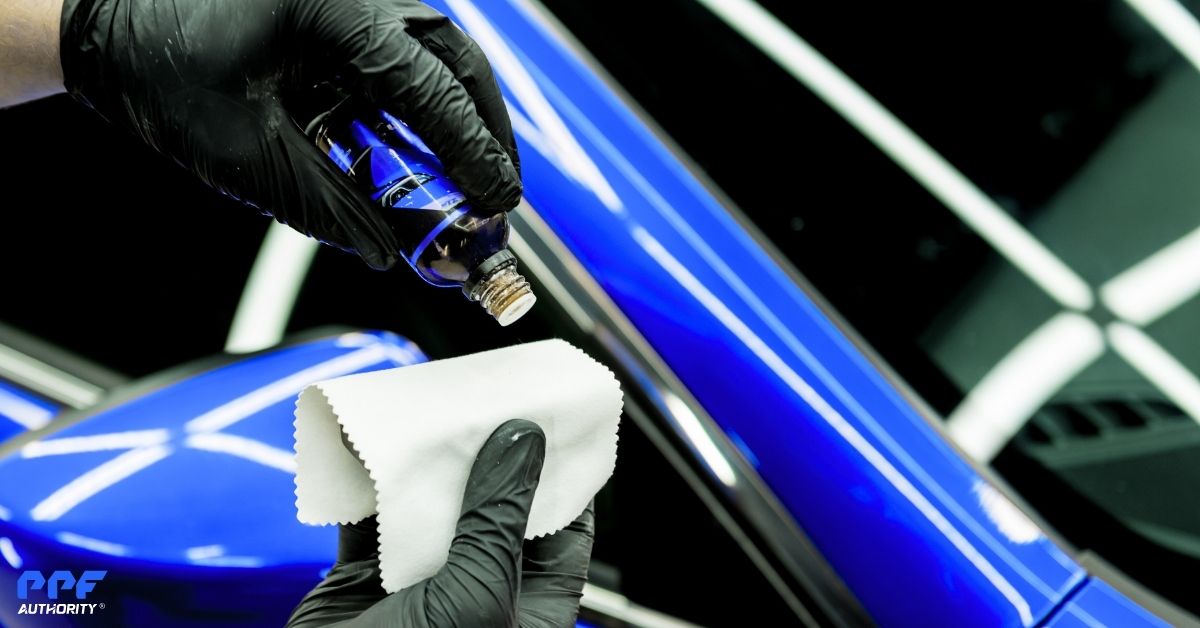Maintaining a car’s appearance and protecting its paint can be challenging, especially when faced with constant exposure to the elements, road debris, and environmental contaminants. This is where ceramic coating steps in—a revolutionary solution that combines long-lasting protection with aesthetic enhancement.
Unlike traditional waxes or sealants, ceramic coating offers superior durability, gloss, and ease of maintenance. In this article, we’ll explore the key advantages of ceramic coating, including its hydrophobic properties, chemical resistance, gloss enhancement, and UV protection, and explain why it’s a smart investment for any car owner.
Hydrophobic Properties: Repelling Water and Dirt
How It Works
Ceramic coating creates a nano-layer of protection that is smoother and more water-repellent than traditional paint. Water droplets and contaminants have difficulty adhering to the surface, reducing the chance of water spots and stains.
Benefits of Hydrophobic Properties
- Easier Cleaning: Dirt, mud, and grime are less likely to stick to the coated surface, making your car much easier to wash.
- Fewer Water Spots: Water slides off the surface instead of pooling, minimizing the risk of unsightly water spots.
- Self-Cleaning Effect: Light rain or a quick rinse can wash away surface dirt, keeping your car looking clean between washes.
Chemical Resistance: Protection Against Harmful Contaminants
How Ceramic Coating Protects
Your car’s paint is constantly exposed to potentially damaging substances like bird droppings, tree sap, bug splatter, and road salt. Over time, these contaminants can etch into the paint and cause permanent damage. Ceramic coating acts as a barrier against acidic and abrasive chemicals, preventing them from bonding to or damaging the paint.
Benefits of Chemical Resistance
- Prevent Paint Etching: Bird droppings, bug splatter, and tree sap can no longer penetrate the surface as easily.
- Resist Road Salt and Detergents: Shields your car from harsh chemicals, especially during winter.
- Long-Term Protection: Your car’s paint stays pristine for years, reducing the need for costly paint correction or repairs.
Gloss Enhancement: A Showroom Shine That Lasts
Why It Works
Ceramic coating isn’t just about protection—it’s also about improving your car’s appearance. The coating fills microscopic imperfections in the paint, creating a smooth, reflective surface that amplifies the color and shine.
Benefits of Gloss Enhancement
- Mirror-Like Finish: Your car will have a high-gloss appearance that turns heads.
- Enhances Paint Depth: Colors appear richer and more vibrant, whether you have a metallic, matte, or solid paint finish.
- Preserves Aesthetics: The coating maintains its gloss for years, outlasting waxes and sealants that need frequent reapplication.
UV Resistance: Guarding Against Sun Damage
How It Protects
Prolonged exposure to UV rays can cause your car’s paint to fade, oxidize, or lose its vibrancy. The SiO₂ (silicon dioxide) in ceramic coating reflects UV rays, preventing them from penetrating and damaging the paint’s clear coat.
Benefits of UV Resistance
- Prevents Fading: Your car’s paint retains its original color and vibrancy for longer.
- Protects Against Oxidation: UV exposure often leads to oxidation, making paint look dull and chalky. Ceramic coating stops this process.
- Ideal for Harsh Climates: Cars in sunny or desert regions benefit significantly from added UV protection.
Long-Lasting Durability
Why It Lasts
Traditional waxes and sealants wear off after a few weeks or months, requiring frequent reapplication. Ceramic coating, on the other hand, offers semi-permanent protection that can last several years.
Benefits of Durability
- Years of Protection: High-quality ceramic coatings can last between 5–7 years with proper maintenance.
- Reduced Maintenance: No need to wax or seal your car every few months.
- Cost-Effective: While ceramic coating has a higher upfront cost, its longevity makes it a better value over time.
Scratch Resistance: Added Hardness for Minor Protection
How It Works
While ceramic coating doesn’t make your car completely scratch-proof, it does offer a level of scratch resistance that helps protect against minor abrasions.
Benefits of Scratch Resistance
- Minimizes Light Scratches: The coating absorbs minor abrasions, protecting the clear coat underneath.
- Prevents Swirl Marks: Using proper washing techniques with a coated car significantly reduces swirl marks.
- Maintains Paint Integrity: Fewer scratches mean less need for paint correction or polishing.
Resale Value: Preserving Your Investment
How It Adds Value
Ceramic coating helps maintain your car’s exterior, which is a major factor in its resale value. A well-maintained car with glossy, protected paint is more appealing to potential buyers.
Benefits of Resale Value
- Protects Factory Paint: Preserving the original paint in excellent condition boosts resale appeal.
- Demonstrates Care: A ceramic-coated car signals to buyers that the owner took extra steps to protect the vehicle.
- Enhances Appearance: A shiny, well-protected car stands out in the market.
Why Ceramic Coating Is Worth It
The combination of protection and aesthetic enhancement makes ceramic coating an excellent investment for any car owner. Its hydrophobic properties, chemical resistance, gloss enhancement, UV protection, and durability provide unmatched value compared to traditional waxes and sealants.
Whether you’re a car enthusiast looking for the perfect finish or a daily driver who wants to reduce maintenance, ceramic coating offers long-term benefits that make your car easier to care for and more enjoyable to own.
Conclusion
Ceramic coating is more than just a protective product—it’s a transformative solution that protects your car from environmental damage while elevating its appearance. From its water-repelling hydrophobic properties to its chemical and UV resistance, ceramic coating ensures your vehicle stays looking its best for years to come.
If you’re ready to protect your investment and enjoy a glossy, low-maintenance finish, ceramic coating is the ultimate solution. For the best results, consult a certified professional installer and enjoy the peace of mind that comes with advanced automotive protection.

